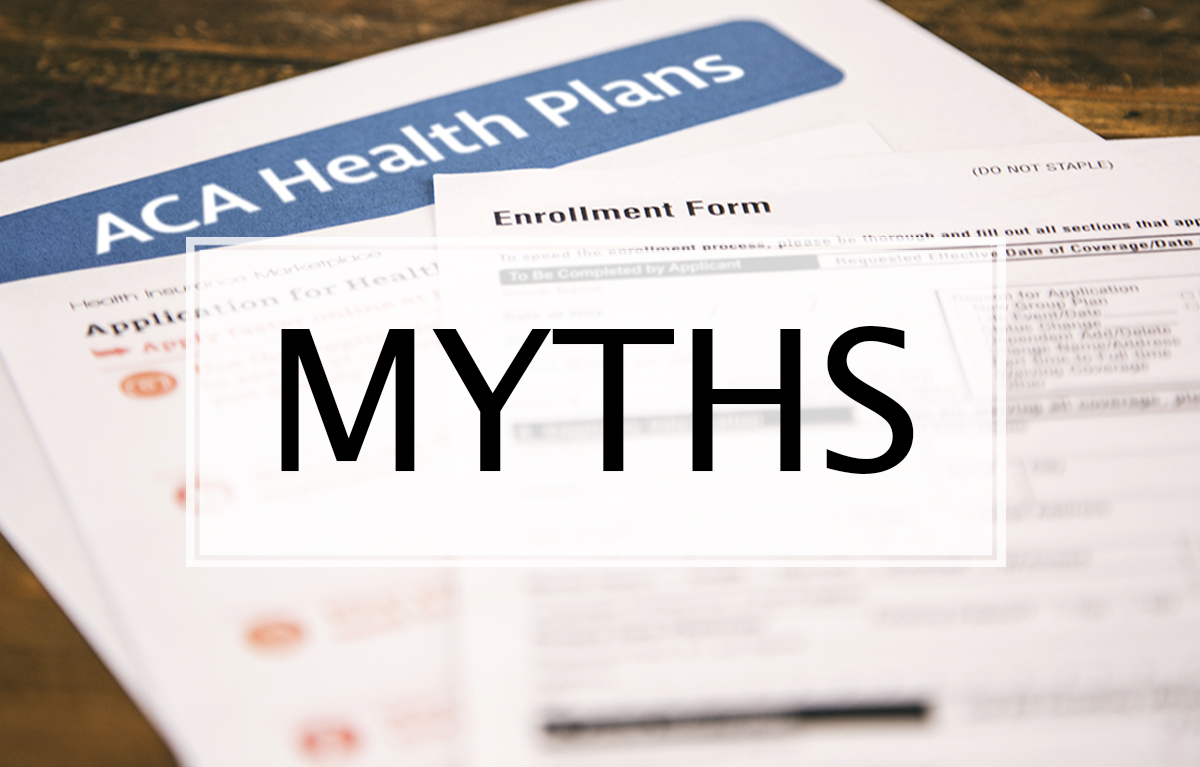Thanks to the American Rescue Plan Act (ARPA), the Inflation Reduction Act (IRA), and their subsidy expansions for Affordable Care Act (ACA) plans, marketplace coverage became much more affordable for many individuals. However, expanded subsidies will expire at the end of 2025, unless updated legislation is passed.
If the enhanced ACA subsidies expire, many marketplace shoppers will face the full sticker price of an ACA insurance plan. Keep reading to learn more, including who the 2026 ACA subsidy cliff affects and how to help clients who could be navigating higher costs.
Listen to this article:
What Is the ACA Subsidy Cliff?
The phrase 2025 or 2026 ACA subsidy cliff refers to the dramatic drop off in government financial support, through premium tax credits and, in some cases, cost-sharing reductions, that will occur after the expansions to marketplace subsidies expire.
This is usually called a “cliff” because of the steep marketplace premium increases that will face individuals who no longer qualify for subsidies. There is no phase out from subsidized health insurance premiums. The increase could be dramatic based on where an individual lives, how many people are in the household, and the age of the client.
How Did the ARPA & IRA Enhance Subsidies?
The American Rescue Plan Act of 2021 temporarily expanded ACA subsidies for 2021 and 2022, making them larger for those who already qualified and newly available to certain middle-class individuals. The expansion allowed individuals over 400 percent of the FPL to receive subsidies to apply to coverage as long as marketplace coverage costs accounted for more than 8.5 percent of their annual income.
In 2022, the IRA extended the enhanced subsidies through the end of 2025.
There are rumors that subsidies could be extended again this fall. Continue reading to prepare in the chance that they are not!
Who Will Pay More for ACA Coverage After the Subsidy Cliff?
Once someone earns more than 400 percent above — four times — the federal poverty level (FPL), they may no longer qualify for subsidized ACA coverage. For 2026 coverage, this would be an individual that earns more than $62,600. A family of four would not qualify if they earn more than $128,600.
Unless legislation is passed to continue the expanded subsidies, millions of Americans, almost all subsidized beneficiaries, will have to pay substantially higher premiums for ACA coverage in 2026.
How Will the Subsidy Cliff Affect the ACA Market?
The subsidy cliff will have dramatic effects on the ACA market that will impact all ACA eligibles and could affect your business.
More Silver Loading
If subsidies are not extended, we may see an increase in silver loading.
Silver loading allows carriers to increase the premium cost of a silver tier ACA plan to offset the cost of providing cost-sharing reductions to eligible clients. Since subsidies can only be applied to silver tier plans, these are the only plans that are affected by silver loading. Silver loading is permitted as long as state regulatory bodies agree and carriers do not receive reimbursements for subsidies.
Higher silver plan premiums could affect those no longer eligible for subsidies much more than those who remain eligible; however, others could be affected as well. Tax credits are calculated by the difference between the second-lowest-cost silver plan and the client’s Modified Adjusted Gross Income (MAGI). The increase in premium costs could increase the amount of subsidies given, resulting in higher government spending.
The increase in premium costs could increase the amount of subsidies that are given.
More Pronounced ACA Cost Differences Between States
Without extended subsidies, the difference in costs between states will become much more noticeable to consumers. Individuals in rural areas or in areas with high health care costs will experience much higher premium costs. View this map from KFF to better understand the premium increases across the country.
KFF states that “15 percent of people with individual market insurance who would lose subsidy eligibility live outside metropolitan areas, compared to 9 percent of Americans with incomes over four times poverty.” In the event that subsidies expire, these customers are likely to turn to purchasing private insurance or a plan off the exchange that is likely much more expensive than marketplace coverage would have been.
A Higher Uninsured Rate
In 2025, 24.2 million individuals signed up for ACA coverage through the marketplace. This was the largest enrollment to date. Without extended subsidies, the Congressional Budget Office estimates that there will be 16 million more uninsured individuals by 2034. The office estimates that 4.2 million of those 16 million can be directly attributed to the expiration of extended subsidies. According to their report, 2.2 million individuals will lose coverage in just one year after subsidy expiration.
The Congressional Budget Office estimates that there will be 16 million more uninsured individuals by 2034.
There are risks when a significant portion of society goes uninsured. Negative effects to the person, the health care system, and the economy. When individuals are uninsured, they may forego accessing health care services when necessary, resulting in poorer health outcomes. One valuable protection of the ACA is the coverage of preventative health services. Without marketplace coverage, individuals could delay preventative and regular health appointments potentially worsening chronic conditions.
The health care system overall may face challenges when less individuals are paying into the system. For instance, hospitals and providers absorb the cost of providing services to those who struggle to afford them. Those who cannot access providers may turn to public health resources, putting an additional strain on those organizations. With higher health care costs, the national economy could suffer.
How to Prepare & Assist Clients Once Subsidies Expire
Inform your clients that these changes are coming, especially if they are currently just above 400 percent of the FPL or if they are on the cusp of being so. We recommend that, before you enroll a client during the Open Enrollment Period (OEP), you properly calculate their MAGI. Review this resource from the Internal Revenue Service (IRS) to calculate MAGI. After calculating a client’s MAGI, if there have been any income changes, it’s important that your client reports these changes to the marketplace. This could either mean more subsidies for your client, or that your client is no longer eligible for subsidized ACA coverage.
If your client needs to make a more budget-conscious decision, consider a bronze plan with a lower premium. For clients that are no longer eligible for subsidies, a bronze ACA plan could be a more affordable option than purchasing private insurance or taking on the full price of a silver plan. If your client feels they need to supplement their coverage, look for an ancillary dental, vision, and hearing plan, hospital indemnity, critical illness, or other supplemental/complementary policy. There are other options in the case that subsidies expire.
Although we don’t yet know if the enhanced ACA subsidies from the ARPA and IRA will be expanded again, there are solutions and ways you can better assist your clients. We encourage you to serve your clients by educating them on this potential change, if it may impact them, and then helping them consider all the options that align with their budget.
At Ritter, we offer a variety of ACA carriers that have affordable options in their portfolio. Register with Ritter today to have access to these contracts as well as top-tier technology support and a full Sales team that is here when you need them!






Not affiliated with or endorsed by Medicare or any government agency.
Share Post